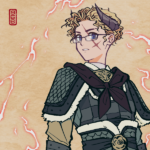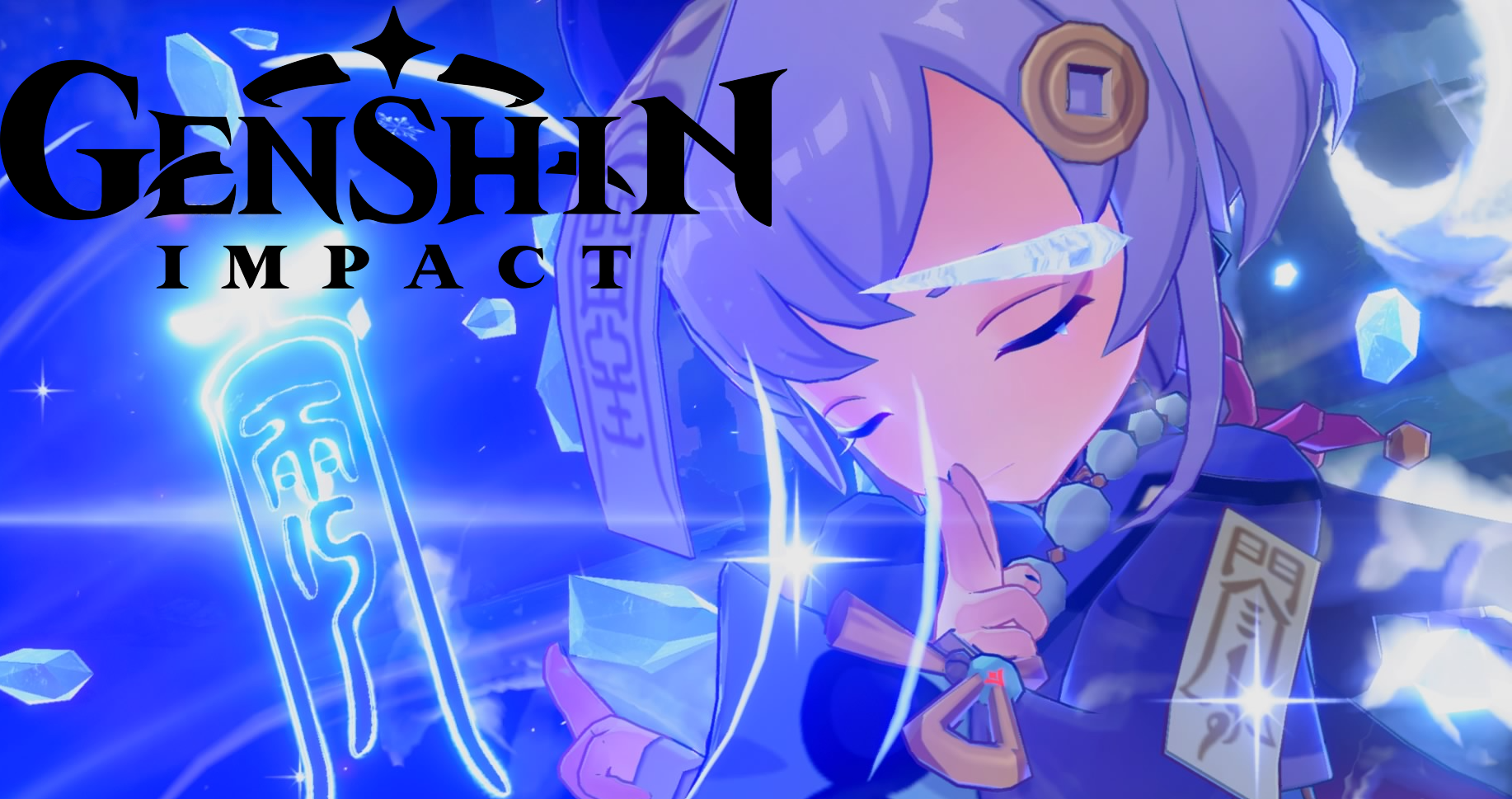
Genshin Impact is an open-world fantasy gacha game released in 2020 by the chinese studio miHoYo. On paper, it’s everything an open world game should be, with freedom to explore, lots of side quests and collectibles, and a simple combat system that provides some challenge. All of this is unfortunately wrapped around a gacha core, where the game focuses on getting the player to pay to roll for better characters and weapons. That said, there is a fun game in there, and a wonderful open world to explore.
The player character is one of a pair of twins, either a sister or a brother. When you start the game, you’re shown a cutscene of the two of you fighting an evil deity of some kind, before the sibling that isn’t the player is trapped and stolen from you. The player is then thrust into the world of Teyvat with the sole objective of finding their sibling, aided by a flying tour guide named Paimon. As you explore the world of Teyvat, you’ll discover that it’s split into nations, three of which are explorable at time of writing. The starting area is Mondstadt, the City of Freedom. Later on in the game, you’ll explore the harbor town of Liyue to the southwest and the island chain Inazuma across the ocean. The nations are pretty heavily inspired by architecture and culture of real countries like China and Japan, and these inspirations make for some beautiful scenery, if also heavily leaning into myths and legends for the fantasy aspect of the game. Each of these regions has its own major story quest and a plethora of side quests, and these stories are incredibly diverse, ranging from fighting dragons to joining rebellions and making funeral preparations. The many stories and characters you’ll encounter join together to make a vastly interconnected world that you’ll feel like a complete stranger to. The player character has the problem of being an outsider with outsider goals, so Teyvat feels more like somewhere we’re just passing through rather than a place the protagonist really cares about. This very well could be a side effect of the game’s full story not being released yet, but that’s also the drawback of releasing your story episodically. The world feels living and well-written, but the player character doesn’t seem to as yet have many personal connections that would lend a sense of urgency to our quest.
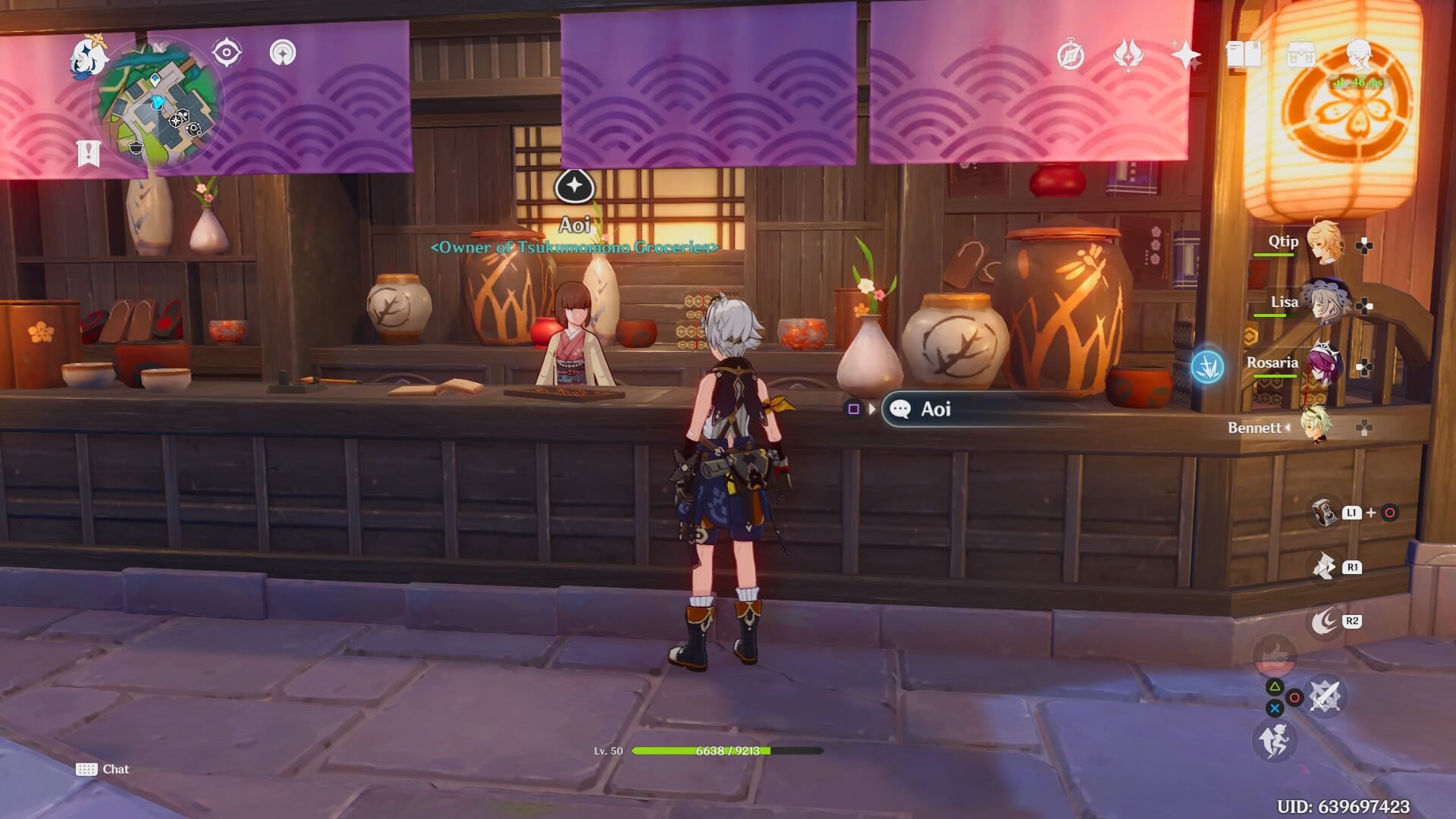
As for what this questing actually consists of, Genshin Impact has a confused mess of various different gameplay mechanics all tossed and mixed together until something cohesive and fluid popped out. Combat is a very simple affair, with characters wielding one of five weapon types and one of seven elements. Each weapon type has its own attack pattern, and elements can react with each other in combat, allowing you to freeze your enemies with water and ice or create explosions with fire and lightning. Exploration is also a very simple endeavor, with a single stamina bar governing your ability to climb, run, swim, and glide across the mountains and lakes you’ll traverse while playing. Collectibles hidden around the map encourage such exploration and hidden dungeons allow you to test your combat prowess. None of these mechanics work in service of one another, but they are fleshed out just enough to feel complete and fun to play with individually. They’re well tutorialized and fun to engage with, and you can’t ask much more of game mechanics.
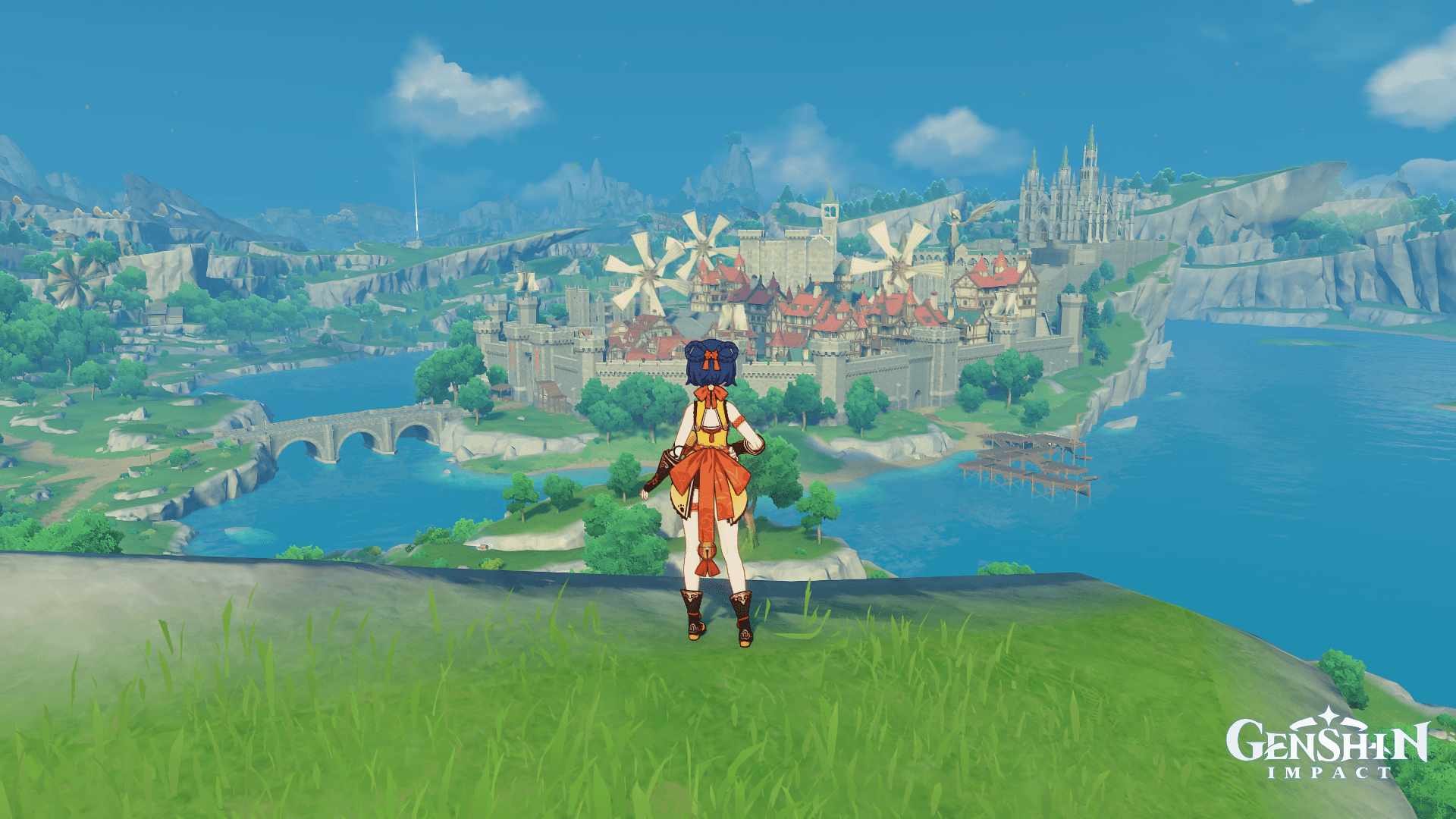
Exploration in the open world deserves more attention, because there aren’t a lot of recent RPGs that get it right. Right from the outset, the player is given freedom to go wherever they want, and explore wherever they deem interesting. You’ll run into challenges and you’ll probably be underlevelled for certain areas, but you’re completely free to explore the world and discover things at your own pace. If you want to ignore questlines for a few hours and just pick berries on the northern cliffs, go for it. If you want to mark an enemy type and farm them for a specific resource until none remain on the map, that’s an option too. Genshin Impact has so many things to do and see, and having the freedom to explore them at your own pace really draws you in.
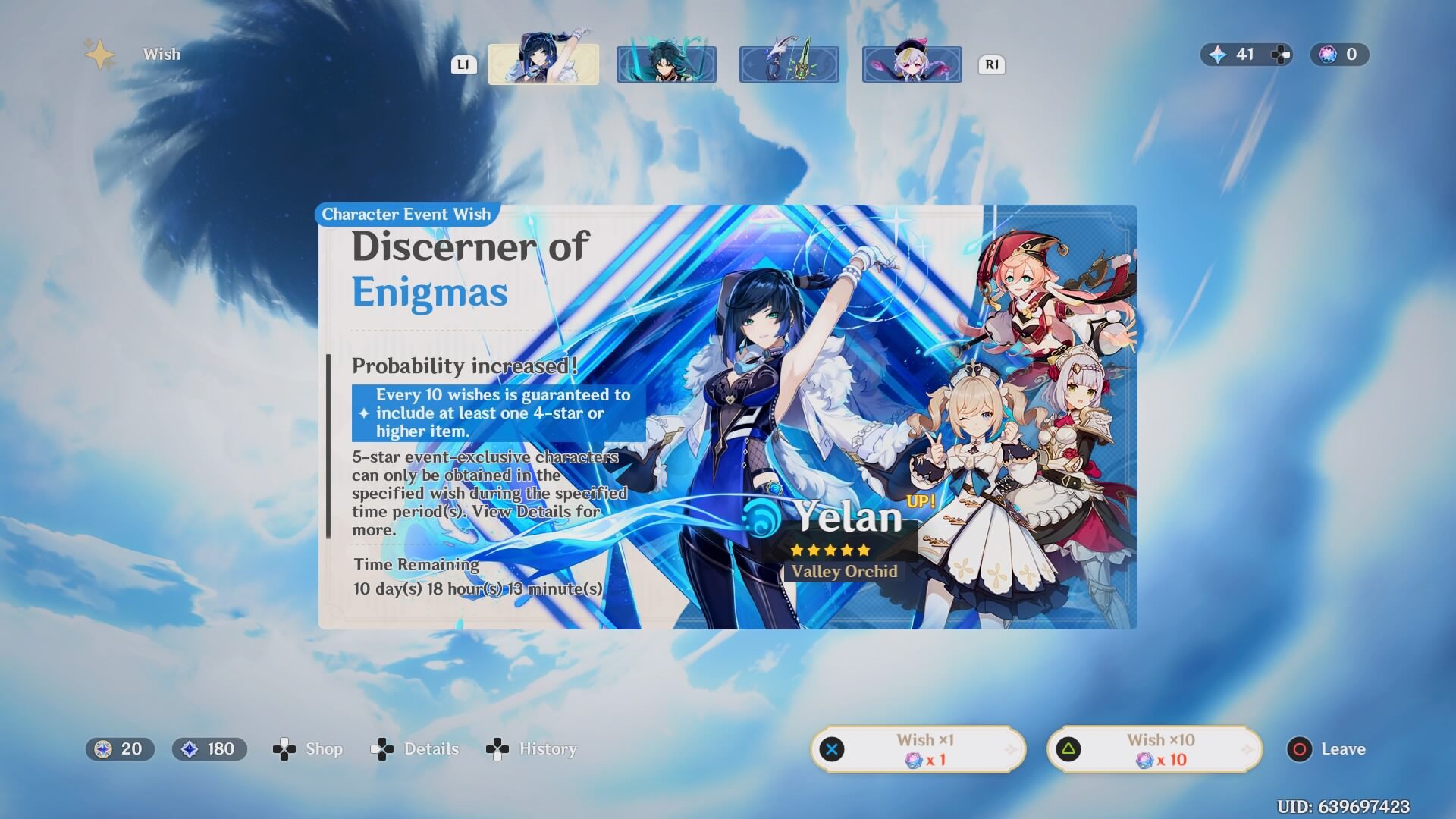
The core mechanic around which the entire game revolves, however, is the gacha system. Gacha games use an aggressive lootbox system to give the player new equipment and characters and incentivize spending money to continue rolling for them. You can select up to four characters for your active squad, and can switch between those four at will during gameplay. Acquiring new characters is a matter of earning in-game currencies, through either normal gameplay or the much faster solution of buying them outright. The system isn’t exactly generous, and you’ll find the grind to be tedious at best if you really want to pull for a specific character. You’re given three characters for free by default to fill out your first team, and you’re guaranteed at least two additional characters with your first roll and as a special dungeon reward. The game is generous with equipment and materials at the start of the game, but as you progress, you’ll find yourself going out of your way to grind up materials more frequently. Resisting the urge to buy currency with which to get new characters is a feat in and of itself, and while it’s possible to play the game without spending a dime, you’ll find yourself having to be creative with team compositions and patient with levelling your characters up.
The gacha mechanics tend to warp some of the story content as well, in some places. Side quests and character quests are fascinating, but many times they’re not fully realized or explored because the game wants to show off the characters that you can actually buy and play as. Those characters have some good stories, but if you meet someone with an interesting side quest and they aren’t playable, you most likely won’t spend a lot of time with them. This particular aspect is more dependent on your attachment to NPCs that you meet, and in that respect, Genshin has a very mixed bag of characters in the world, so your mileage may vary.
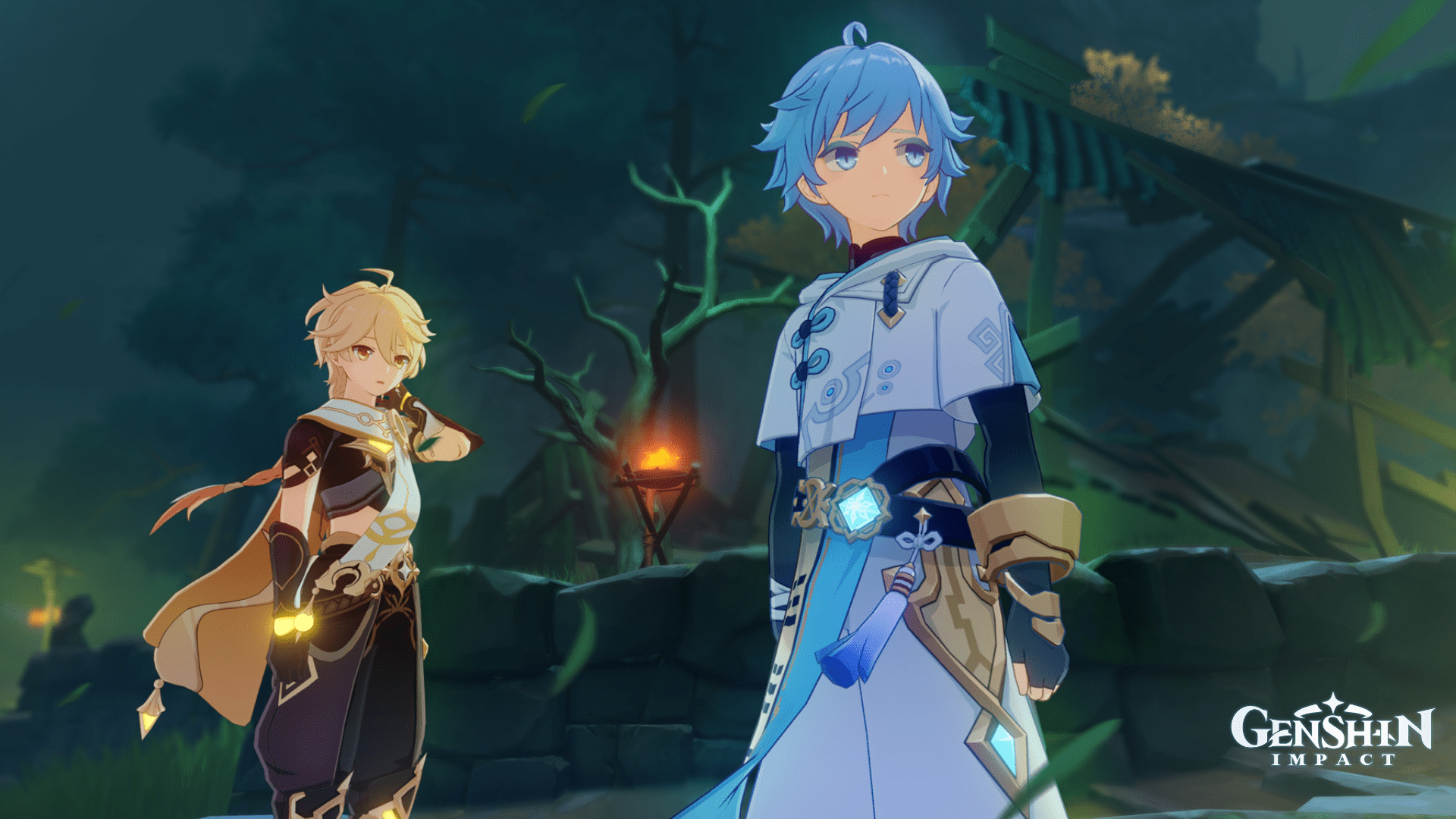
Genshin Impact has some great video game ideas and a wonderfully-realized world. It also has the unfortunate problem of revolving around its gacha mechanics, so if lootboxes and grinding for xp and materials aren’t your thing, there are other open-world games out there for you to enjoy. That is the game’s biggest flaw, though. Some people may take issue with the way the different regions of the world seem to commentate on certain real-life countries, but this is almost always left to player interpretation and usually comes down to how much of the fantasy world you want to view as pure fantasy.
Scoring: 73%
Gameplay: 4/5
Story: 3/5
Graphics: 4/5
Morality/Parental Warnings
Violence: Violence is of the cartoon flavor, where no blood or violent death is shown, but more so implied through our characters using large fantasy swords to defeat bandits and monsters.
Fantasy Themes: Genshin heavily draws on various east asian mythologies for its fantasy setting, and relies on such to tell most of its story.
Microtransactions: Spending money on lootboxes is always presented as an option. At best it’s annoying and at worst it can be temptatious. It is generally advised to play Genshin Impact without spending anything on microtransactions.
Sex/nudity: Some of the female characters can be oversexualized and their clothing is somewhat revealing. Certain characters also have innuendo voice lines and attitudes.
